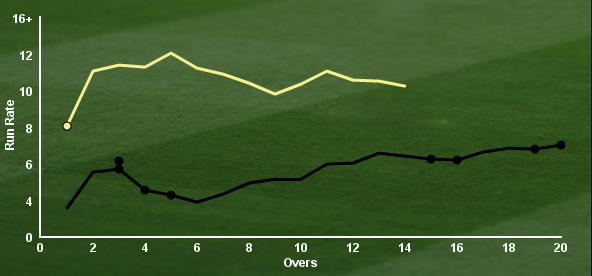For African fans, especially those getting deeper into the game, understanding how to calculate run rate can help you follow matches better, analyze team performance, and even make smarter fantasy cricket or friendly betting decisions. Let’s break it down in a way that makes sense, with examples you can relate to.
What Is Run Rate?
Run rate is the average number of runs a team scores per over. In simple terms, it shows how quickly a team is scoring.
- Formula: Run Rate = Total Runs Scored / Total Overs Faced
For example, if a team scores 150 runs in 20 overs:
- Run Rate = 150 ÷ 20 = 7.5 runs per over
That means, on average, the team is scoring 7.5 runs every over.
Why Run Rate Matters
Run rate plays a big role in both strategy and excitement during a match. Here’s why:
- In T20 matches, teams need a high run rate (often above 8) to stay competitive.
- In ODIs, it helps teams pace their innings during a chase.
- In Net Run Rate (NRR), it can decide which team advances in a tournament if points are equal.
Fans across Africa — whether in Kenya, Nigeria, or South Africa — often keep an eye on run rate during high-stakes tournaments like the ICC World Cup or the Africa Cricket Association events.
How to Calculate Run Rate During a Match
Let’s say you’re watching a local 50-over match in Accra, and the batting team has scored 100 runs in 20 overs.
- Run Rate = 100 ÷ 20 = 5.0 runs per over
If they want to reach 250 runs by the end of 50 overs, you can estimate how much they need to speed up:
- They need 150 more runs in 30 overs
- Required Run Rate = 150 ÷ 30 = 5.0
So far, so good. But if they slow down and have only 120 runs after 30 overs:
- Remaining runs: 130 in 20 overs
- New Required Run Rate = 130 ÷ 20 = 6.5 runs per over
Now they need to accelerate.
Understanding Required Run Rate (RRR)
While the current run rate shows how fast a team is scoring, the required run rate tells us how fast they need to score to win the match.
- Formula: RRR = (Target – Runs Scored) / Overs Remaining
Let’s take a quick example from an East Africa T20 game:
- Uganda is chasing 160 in 20 overs.
- After 10 overs, they have 75 runs.
- RRR = (160 – 75) / 10 = 8.5 runs per over
If their current run rate is only 7.5, they’ll need to increase the pace in the next few overs.
Local Tip: Use Your Phone
You don’t need to be a math genius. Just open your calculator or use Google by typing “run rate calculator”. Even mobile apps like Cricbuzz, ESPNcricinfo, or African-based platforms like SmartCricket Africa give you real-time run rates.
Or better yet, get familiar with mental math. If a team has 90 runs after 15 overs:
- Quick division: 90 ÷ 15 = 6 runs per over
How It Plays Out in African Matches
Many local leagues in countries like Nigeria, Ghana, or Rwanda now include T20 or T10 formats, where run rate becomes even more important.
For example:
- In a T10 match in Lagos, if Team A scores 110 runs in 10 overs, their run rate is a massive 11.0.
- Team B, in response, needs to chase at 11 runs per over from the start. Even one slow over could shift the balance.
Understanding this helps fans know when a team is falling behind, when to expect big hitting, or when a smart bowling change might slow things down.





